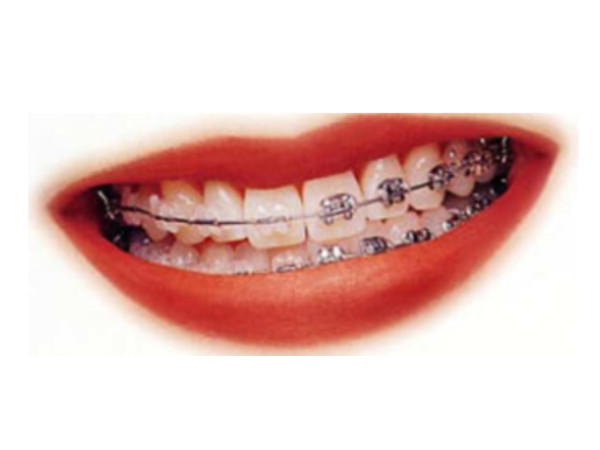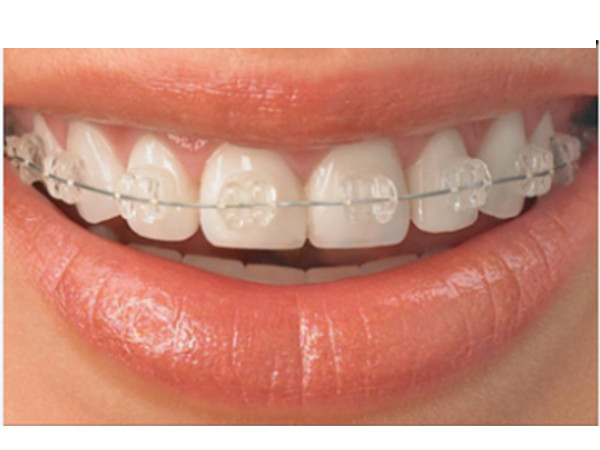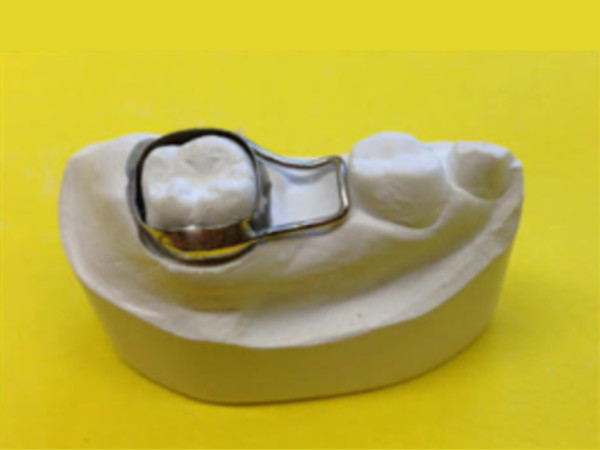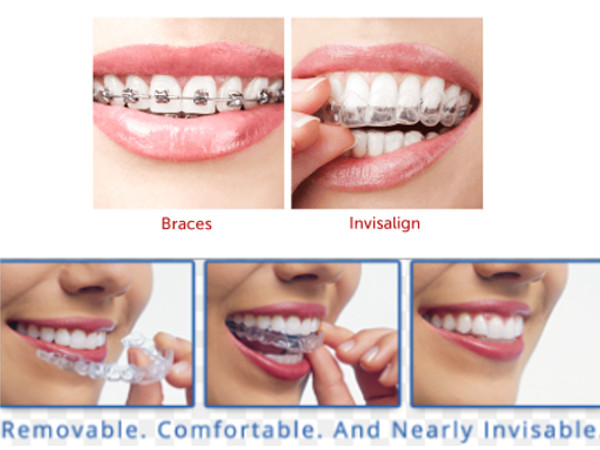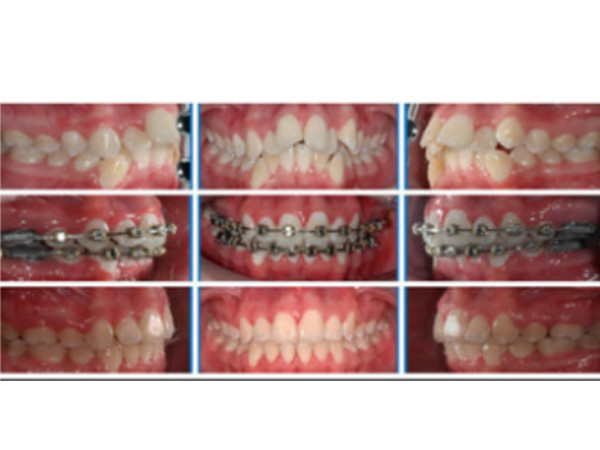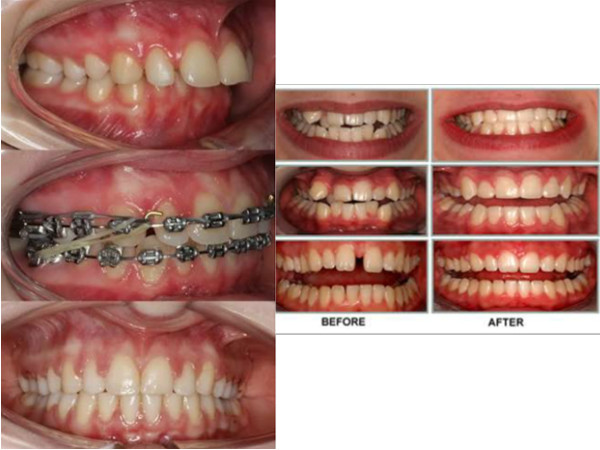Specializations
Orthodontics
Orthodontics is a branch of dentistry that specializes in treating patients with improper positioning of teeth when the mouth is closed (malocclusion), Which results in an improper bite, it also includes treating and controlling various aspects of facial growth (dent facial orthopedics) and the shape and development of jaw. It also includes cosmetic dentistry; when patients aim to improve his/her appearance.
An orthodontist uses a range of medical dental devices, including headgears, plates, braces etc to help in:
- Closing wide gaps between the teeth
- Making sure the tip of teeth is aligned.
- Straightening crooked teeth.
- To improve speech or eating (oral function)
- To improve the long term health of gums and teeth.
- To prevent long term excessive wear or trauma of the teeth.
- Treating an improper bite.
What is Malocclusion?
It literally means bad bite, some childrens jaw and teeth do not develop properly. Malocclusion refers to crooked, misaligned teeth and fault in the relation between the upper and lower teeth.
Thumb sucking, facial injury to tooth or facial bones may develop malocclusion.
When can orthodontic treatment start?
Usually after all the adult teeth erupts fully ie 12/13yrs.
Good Oral Hygiene is essential before any orthodontic work can begin. When devices are placed on the teeth, bits of foods are much more likely to become struck, and the patient will need to brush much more carefully and more often to prevent tooth decay during the treatment. Specialised tooth brush or brushes will be adviced by the dentist once treatment starts which helps in better maintenance of oral hygiene.
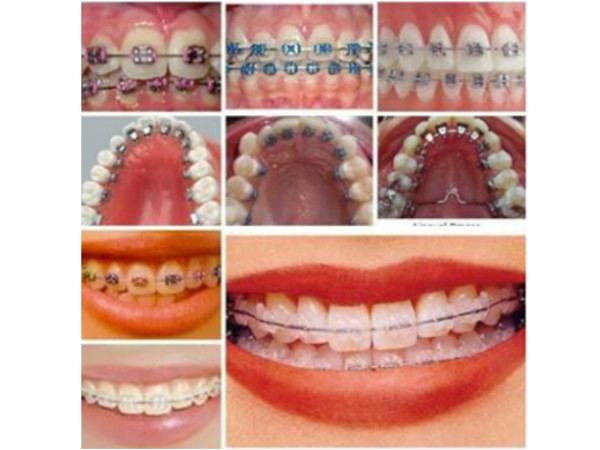
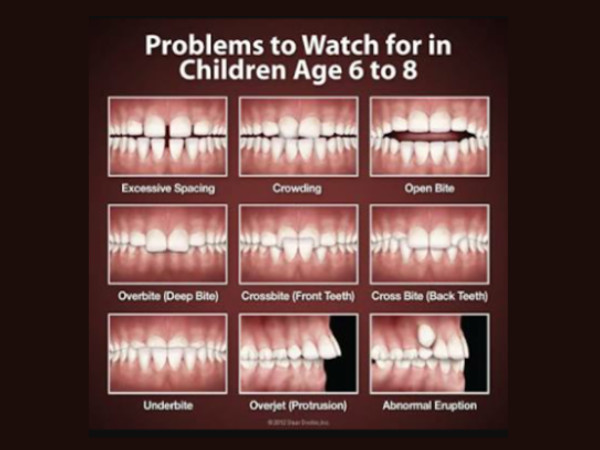
Diagnosing Dental Problems and Recommending Treatment Options:
Assessment - The Orthodontist will assess the state of patients teeth and make a prediction on how they are likely to develop without treatment.
The following diagnostic procedure will be performed:
- Medical/Dental health history.
- Clinical Examination.
- X-Ray of teeth and Jaw.
- Plaster models of the teeth.
After this the orthodontist will decide on a treatment plan.
Examples of orthodontics appliances
- Fixed Appliance
- Removable
Fixed Orthodontic Appliances:
The most common devices used in orthodontics although patient can eat normally with Fixed Appliance . Some food and Drinks need to be avoided, such as carbonated drinks, hard sweets (or) toffee.
Examples:
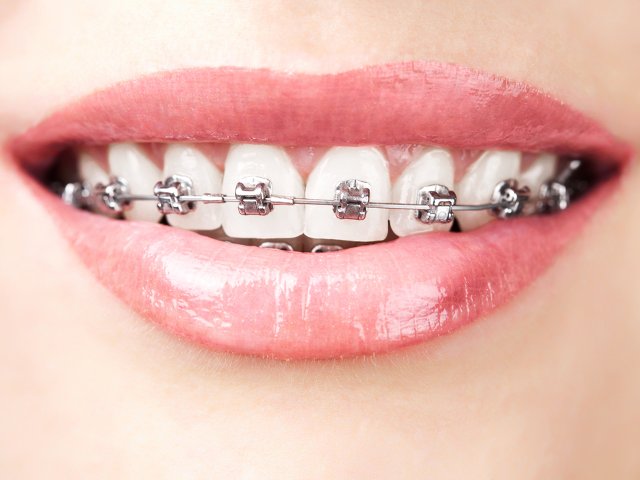
1.Braces:
It consists of brackets, wires and bands. Bands are fixed firmly around the teeth for anchorage of the appliance while brackets are connected to front of the teeth. Wires are arch shaped. They pass through the brackets and are fixed to the bands. As the arch wire is tightened, tension is applied to teeth which will move the tooth into proper position. Patients have to meet orthodontist once in a month to adjust the braces. Course of treatment - Several months to years.
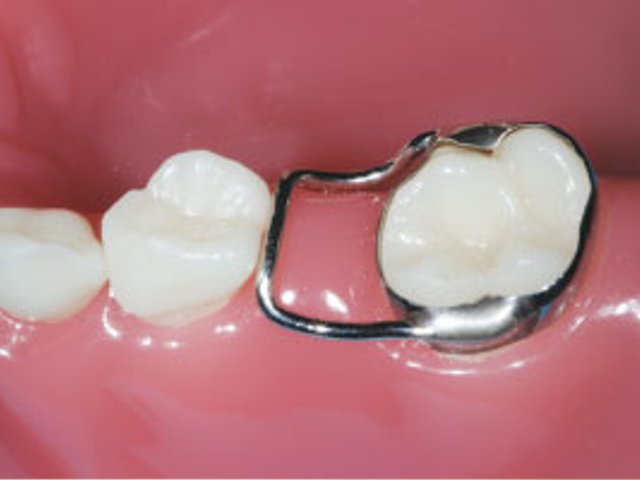
2.Fixed Space Maintainer :
If the child loses a milk tooth, space maintainer will be placed so that it will stop the two teeth at either side of the spaces from moving into it until adult tooth come out.
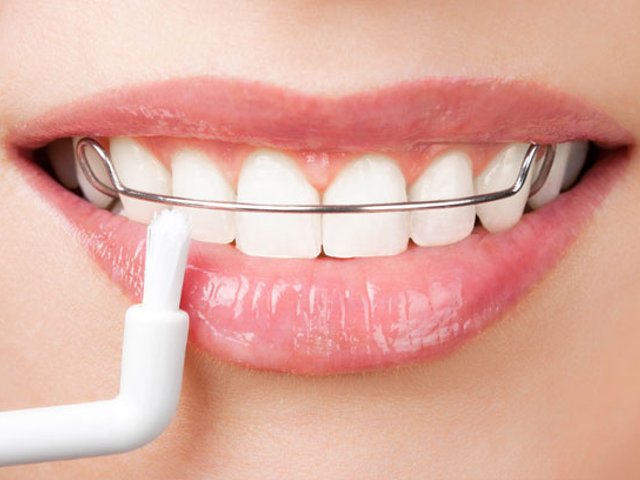
3.Special Fixed Appliance :
This may be recommended to control tongue thrusting/thumb sucking. This should be used only if necessary.
Removable Orthodontic Appliances:
Aligners - An option instead of traditional braces for adults patients. They are virtually unnoticeable by other people and can be taken out when patient brush their teeth floss or eat.
Removable Retainers - These are given after the fixed treatment to prevent the teeth from moving back to their original positions.
Splint: (Jaw Repositioning Appliance) - This is usually for TMJ Problems (Tempo- Mandibular joint disorder).
